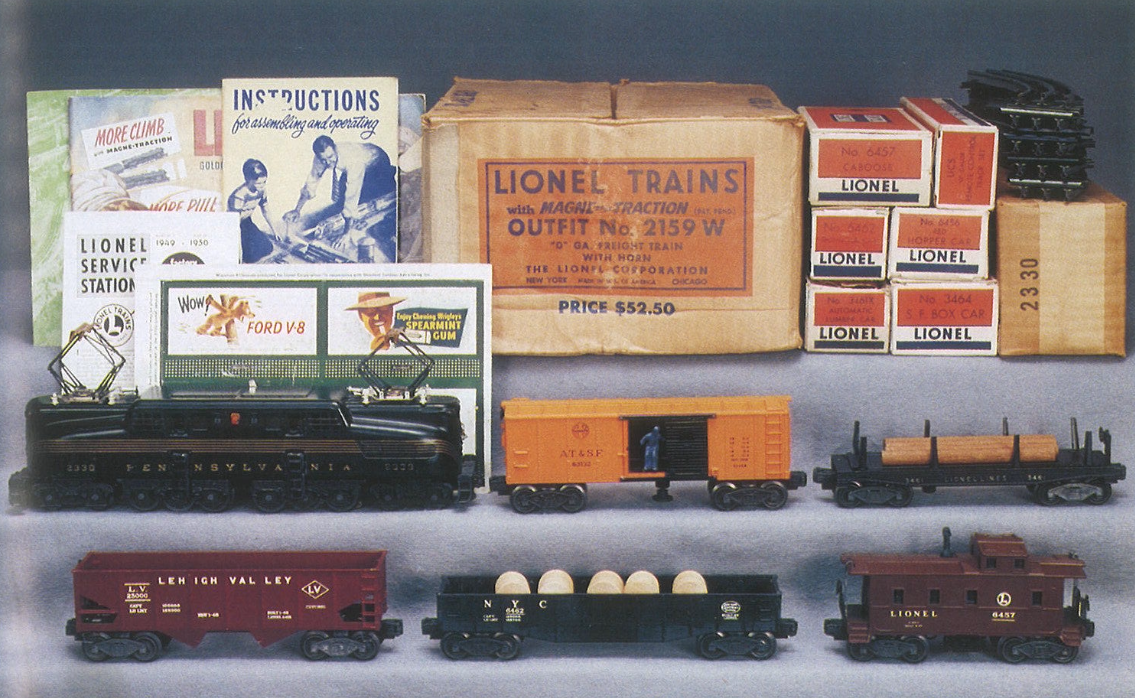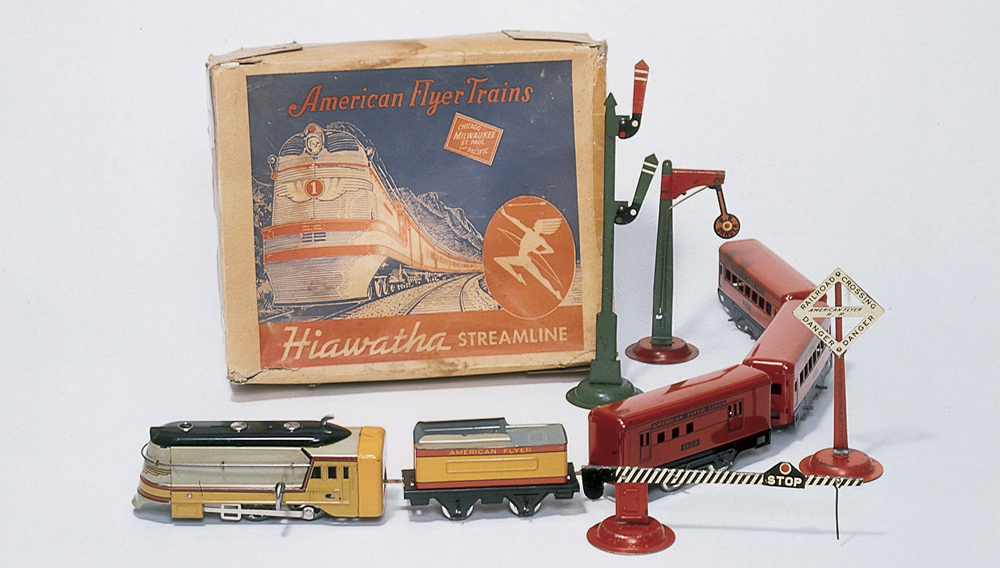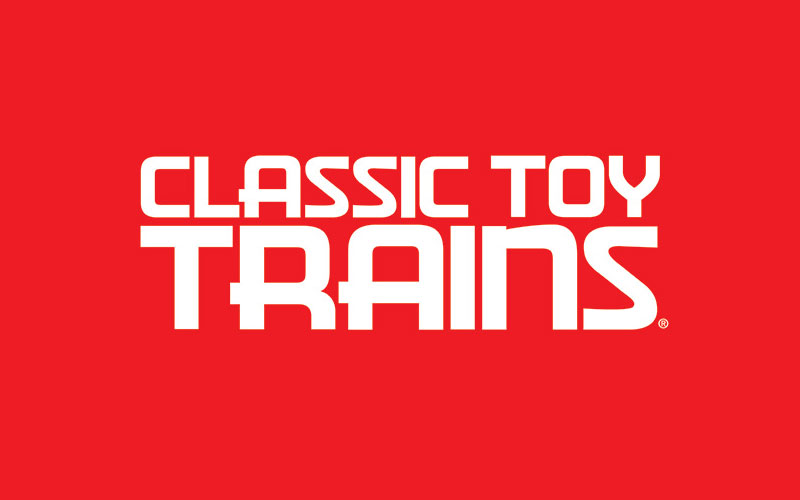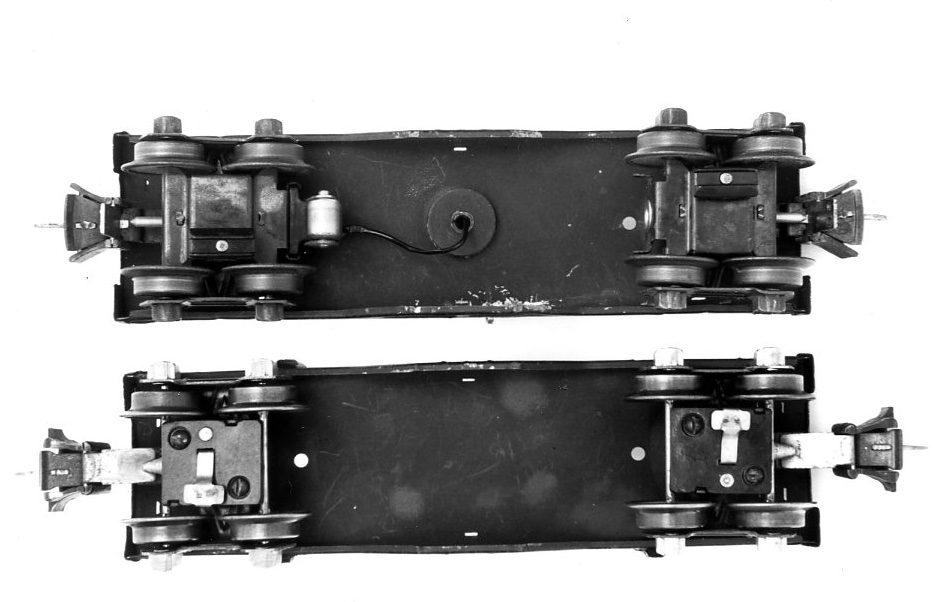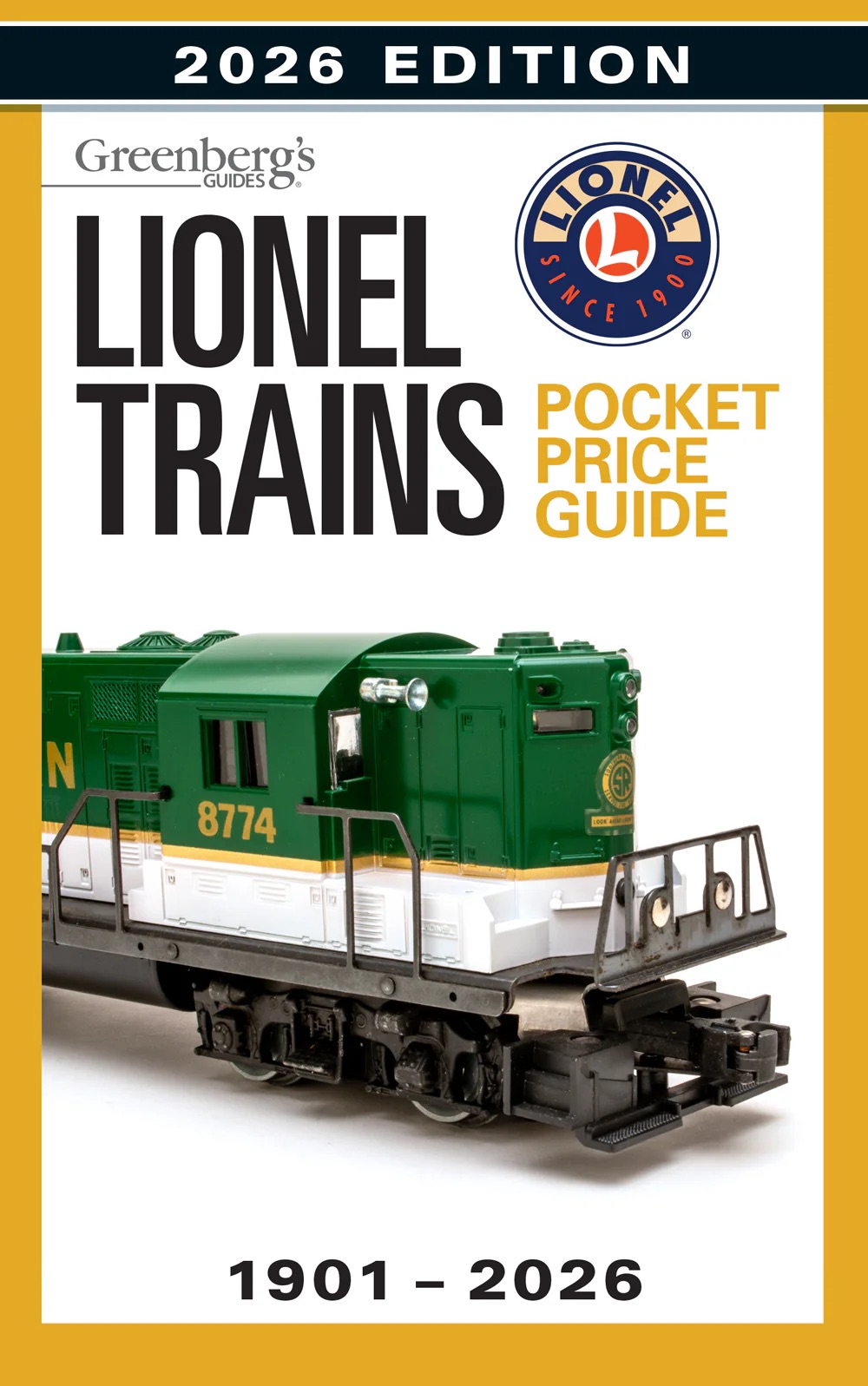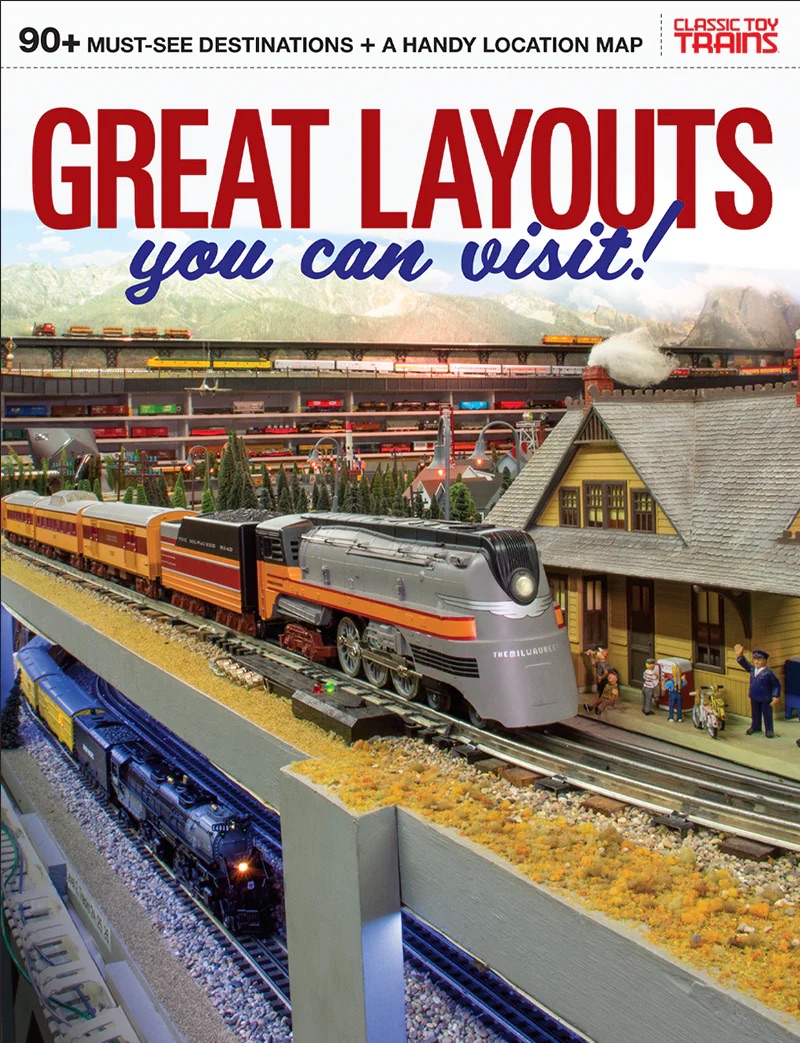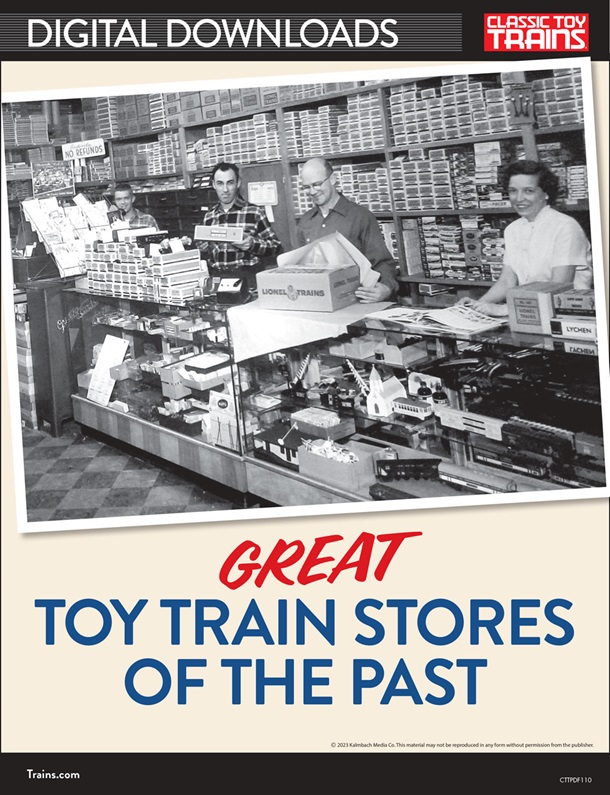I found this manuscript from the late John Grams in our manuscript files. There was no date on the envelope but it’s likely from the early 1990s. The article discusses 12 Lionel products that, while great inventions, were fraught with problems or didn’t work exactly as advertised. He included the following disclaimer:
Lionel trains were sold as toys. They were fun, fairly reliable and expensive playthings, manufactured with no thought beyond that purpose.They were not supposed to be precision scale models. That was an entirely different thing. While they were durably constructed, the trains were not intended to outlast the interest span of their young owners. No one considered them to be objects of popular art or future collectibles.
The toy business has always been a fickle one, trendy and highly competitive. J. L. Cowen not only had fine quality imports to worry about as he built his business, the domestic competition from Ives, American Flyer, and Marx must have contributed significantly to his stress. While Lionel was eventually able to absorb Ives and Flyer, Marx was still there gobbling up the low price, high volume end of the market.
The trains were not designed and produced by Santa’s helpers at the North Pole, but by flesh and blood human beings on an assembly line in New Jersey. Mistakes happened. Flaws and defects were sometimes overlooked.
I will be sharing these items over the next few weeks. I hope you enjoy them. –Rene Schweitzer, Editor of Classic Toy Trains
Lionel’s 1946 smoke generators
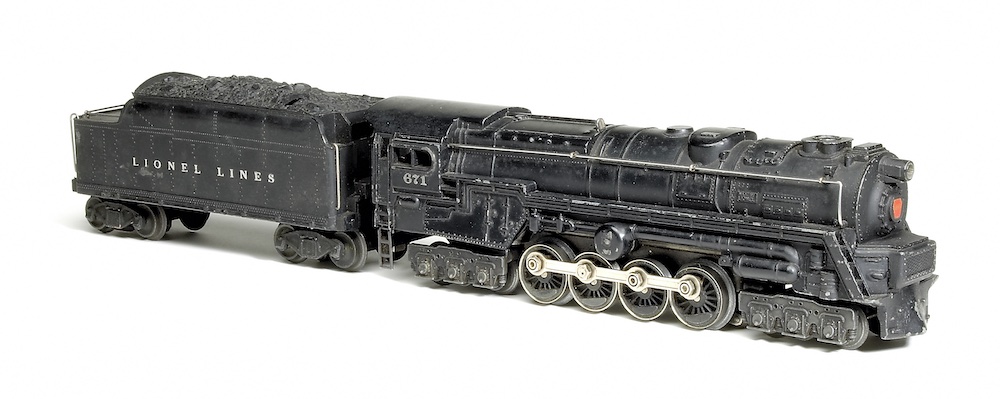
The “heat-lamp-and-flapper” smoke generator was standard equipment on Berkshires and Turbines manufactured in 1946. It was produced for only one season and then scrapped. Apparently pressure from the competition and the crush to meet seasonal retail deadlines forced Lionel to place the device on the market before it was fully developed and tested. At best a poor compromise, the “smoke lamp” became one of Lionel’s largest and palest elephants.
The bulb itself had a “dimpled” or “dished out” area to hold a smoke pellet. Heat from the bulb caused the pellet to melt down to produce smoke. Air circulated around the bulb by the action of a metal “flapper.” It was synchronized with the action of the drivers. This made the smoke belch from the stack in puffs. The bulbs got very hot, and consequently had a short life.
The locomotives had a one-pellet capacity. If the operator added more, the hot liquid would overflow and run down into the mechanism, eventually finding its way to the carpet below. If the train accidentally tipped over while running, all of the liquid would spill out. This kind of mishap nipped the budding careers of many young engineers.
To make matters worse, the chemicals in the pellets had a corrosive effect on the pot metal from which the locomotives were cast. Careless drips and spills caused severe internal damage. Often burned out smoke bulbs could not be replaced because they had been “frozen” in place by the corrosion.
About a year later, Lionel sold conversion kits to provide for installation of the improved coil-heater-type smoke units in these locomotives. The conversions were usually made by authorized service stations at the owner’s expense.






